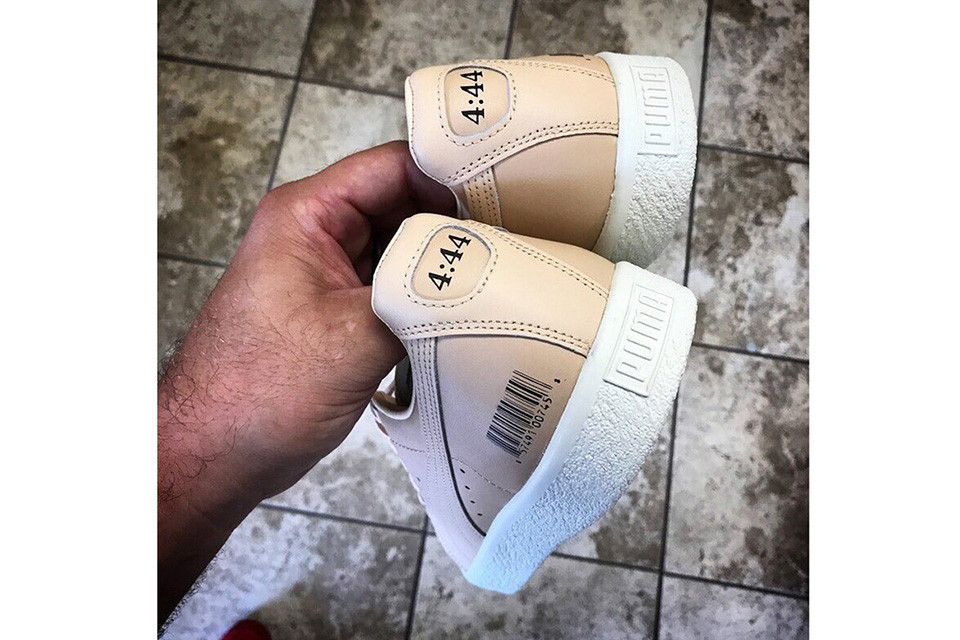
Brand: Puma
Audience: Puma is a long standing German sports apparel and footwear company founded in 1948. Their products have an established identify, notably in Track and Field and especially in the Soccer industry. In recent years, the brand has struggled to remain relevant with consumers. Lack of identity and style are notable factors. Since 2014, Puma has stated that one of their primary key strategies is to improve their female division if they want to compete with the likes of adidas and Nike.
Puma introduced a new women’s streetwear product line in 2016. For this concentrated target audience, the brand is focusing on the 18-24 age group. They want to appeal to the stylish, chic, trend setting and fashion conscious customer. Spearheading the campaign is brand ambassador and creative director Rihanna. The international songstress is a notable style icon with over 201+ million combined followers on social media. In addition to the signing of socialite Kylie Jenner last year, Puma has a duo of formidable influencers for their advertising campaigns to help grow their targeted streetwear audience.
On the men’s side of things, last fall Puma signed R&B superstar TheWeeknd and in March 2017 inked rapper Big Sean to help appeal to their young male audience. And most recently, Puma scored a major sponsorship, teaming up with rap icon JAY-Z for his upcoming “4:44” tour. While it looks like Puma has a concentrated strategy on working with some very big names in popular culture today, there will always be consumers at different stages of the life purchase cycle where they might face resistance. Let’s take a look at them.

Life Cycle:
Communities disruptors affect the Consideration stage in the Purchase Life Cycle.
Economic disruptors affect the Purchase stage in the Purchase Life Cycle.
Personal Situational Factors affect the Awareness stage in the Purchase Life Cycle.
Emotional Situational Factors affect the Desire stage in the Purchase Life Cycle.
Influence Disruptors
Communities is the conversation of the same idea with two different groups that have two different meanings. In this example, an 18-year old female will converse with her classmates on the it factor of purchasing Rihanna’s Puma x Fenty collection and how stylish the attire looks. A secondary conversation with her parents can turn into a discussion of price, cost and affordability. This simultaneously becomes an Economic discussion where the parents and daughter get into a debate of need vs. want. Both Communities and Economic elements have a disruptive influence. They can change the sentiment course on the decision-making process from considering to buy, to ignoring the purchase completely. Puma’s target audience is affected from these mentioned disruptors thanks to overall negative sentiment.
Continue reading “Puma is making moves and using Influencer Marketing to compete”

